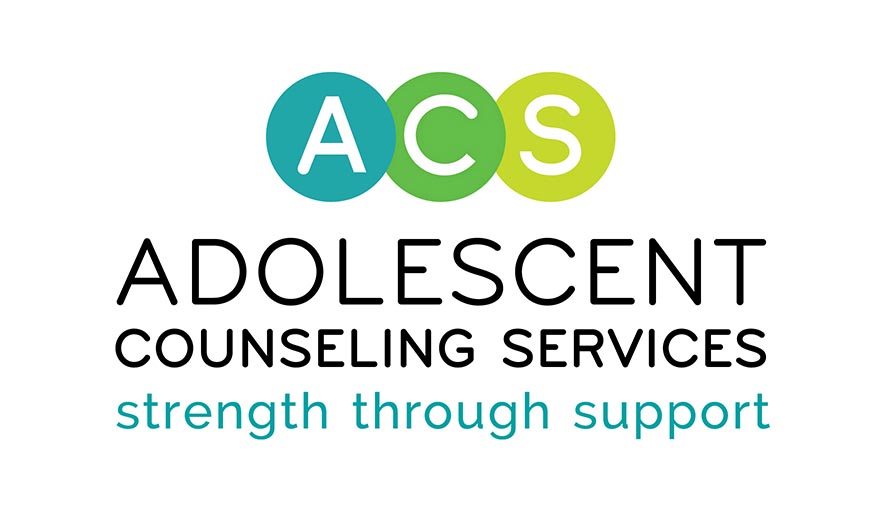Learn how to report abuse – Just as we all know to call 911 in an emergency, know how to recognize dangerous situations when using technology and get help. These websites provide information on how to report abuse. Review these websites with your child to understand what abuse might look like and what to do […]
Adolescent Counseling Services’ Resource Blog
Prescription Nation Why we should worry about the quiet epidemic of painkiller abuse, Newsweek “About two weeks ago, the U.S. Department of Health’s Substance Abuse and Mental Health Services Administration (SAMHSA), reported that abuse of opioid painkillers has risen more than 400 percent over the last decade. And, while it was dutifully reported here and here, there […]
Looking for Truth Learn how to find the truth and understand why it matters. Encourage a healthy doubt and interest in learning what really happened. Teens will see and hear an outpouring of information that may or may not be true, online and in person. Urban myths, gossip, fake identities, distorted points of view, and […]
As teens reluctantly head back to school and leave the lazydays of summer behind, we are reminded of the stress that lies ahead for our youth. While returning to school can be an exciting time to get reacquainted with friends and teachers, it can also be the start of what may be some of the […]
Sleep Flees With Kids’ Mental Health Issues “Insomnia significantly affects 29% of children seen by child psychiatrists, according to a national survey.” Click here to read the full article from MedPage Today.” OxyContin prescription drug abuse “a silent, growing problem” amoung youths The San Jose Mercury News reports on the growing number of children and […]
Respect for Others Define stealing – Teach your child to respect another’s work and the right to be paid and get credit for it. “Technology does not trump thoughtfulness. Infringing on the rights of others reflects poorly on you and certainly isn’t what wireless technology is about.” Tom Wheeler, President/CEO of Cellular Telecommunications & Internet […]
